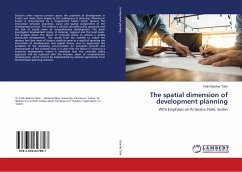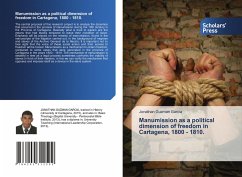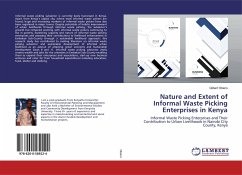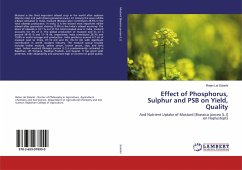
Nature of Science Construct: One Dimension or Five?
The Nature of Science Instrument-Elementary: Validation of a Rasch-based Instrument
Versandkostenfrei!
Versandfertig in 6-10 Tagen
52,99 €
inkl. MwSt.

PAYBACK Punkte
26 °P sammeln!
This book guides readers on how to assess the dimensionality of a construct that has been developed within a Rasch-based measurement system. The Rasch model is a prescriptive model. If the data fit the model , items and respondents are placed on a common, interval-level linear scale that enables items and respondents to be analyzed qualitatively and statistically. A major assumption of the Rasch model is that the construct is unidimensional. The theoretical framework for the Nature of Science (NOS) construct suggests it is composed of several dimensions that are separate but inter-related. Usi...
This book guides readers on how to assess the dimensionality of a construct that has been developed within a Rasch-based measurement system. The Rasch model is a prescriptive model. If the data fit the model , items and respondents are placed on a common, interval-level linear scale that enables items and respondents to be analyzed qualitatively and statistically. A major assumption of the Rasch model is that the construct is unidimensional. The theoretical framework for the Nature of Science (NOS) construct suggests it is composed of several dimensions that are separate but inter-related. Using data from an instrument designed to measure elementary students understanding of NOS; this book walks you through (step-by-step) on how to assess a construct s dimensionality and build a validity argument to justify the use of scores from a Rasch-based instrument. This book will interest instrument developers who want to apply the Rasch model for survey design, development and measurement. Graduate students and practitioners in educational assessment will find it useful. Science practitioners can use the NOSI-E instrument to measure student NOS understanding on a large scale.












